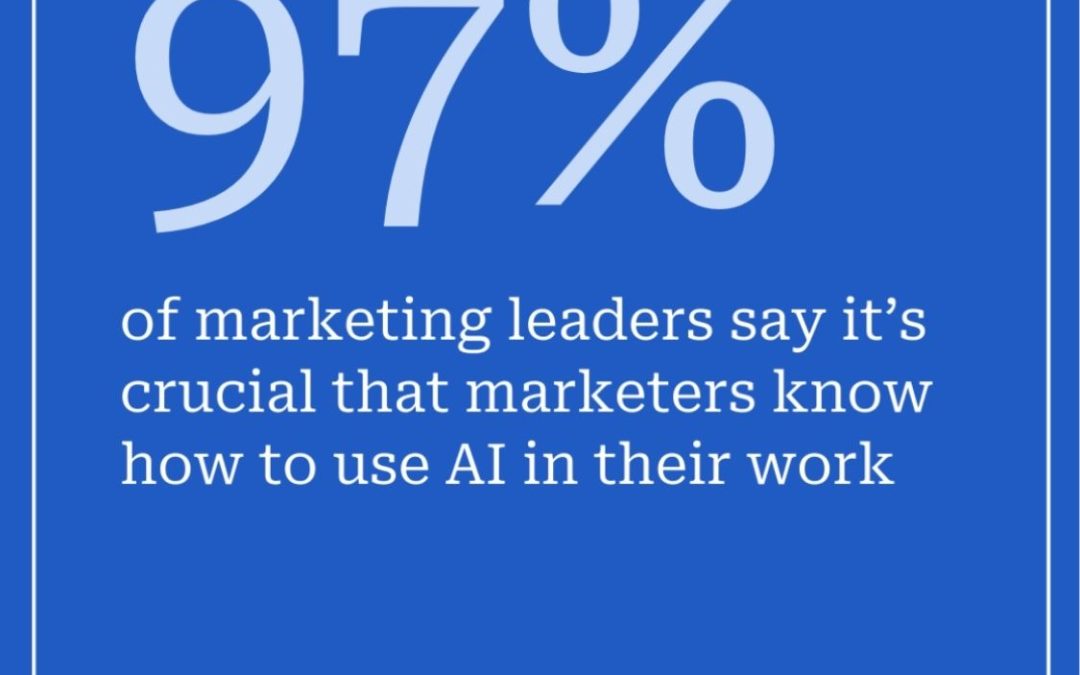AI marketing has transformed how marketing teams approach automation. Static workflows are out, and intelligent systems that learn and adapt at superhuman speeds are very in.
Marketing leaders face mounting pressure to improve efficiency, deliver personalized experiences and turn data overload into insight. AI handles all three at scale. In fact, according to the Sprout Social Index™, 97% of marketing leaders say knowing how to use AI is critical for their work.
Brands that embrace AI marketing automation eliminate repetitive busywork, unlock data insight and position themselves to make major strides in the future.
What is AI marketing automation and how does it work?
AI marketing automation is an emerging technology that combines artificial intelligence with digital marketing workflows to create systems that execute, personalize and optimize marketing campaigns based on real-time data and predictive intelligence.
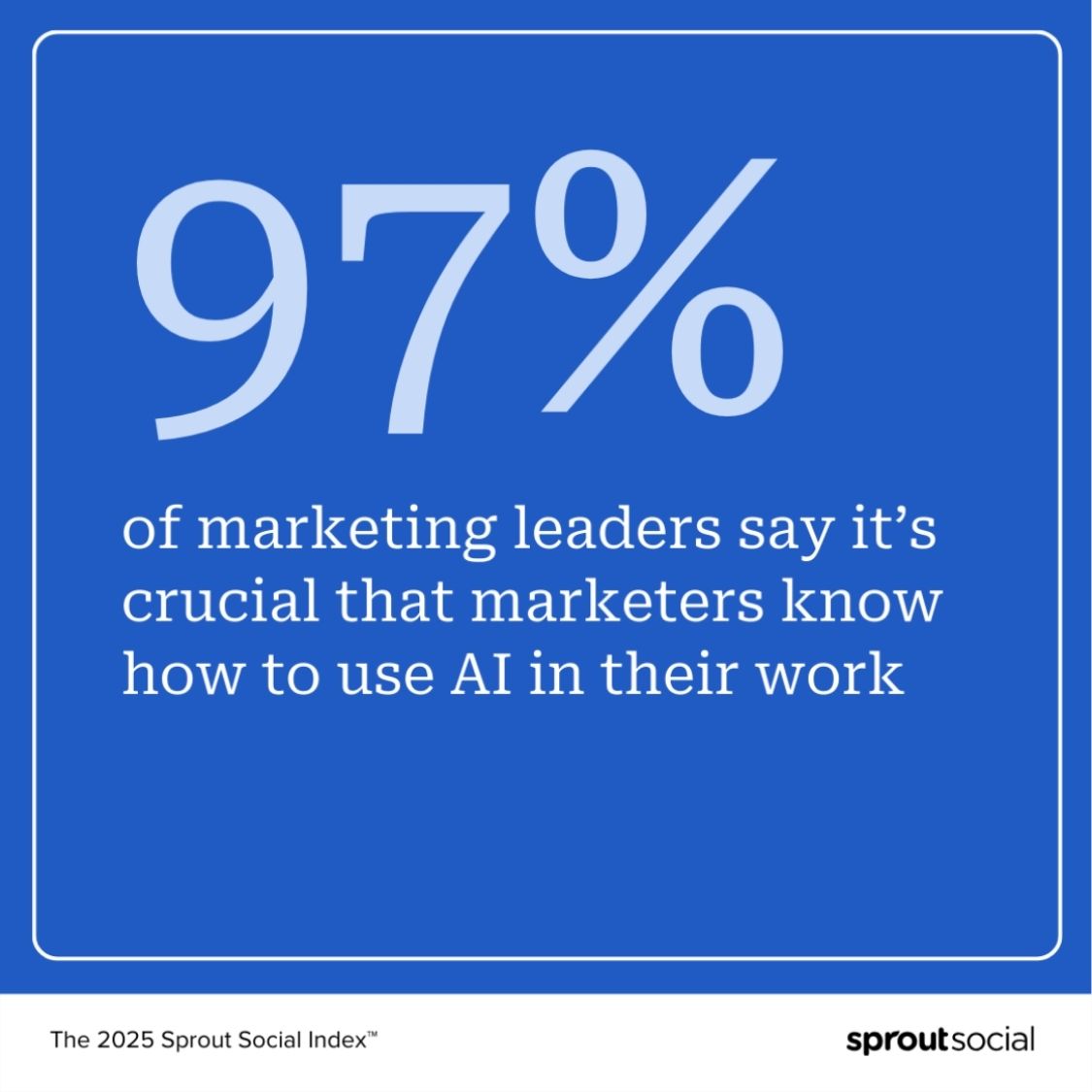
This evolution represents a fundamental shift from traditional marketing automation, which follows predetermined rules like, “If someone downloads an ebook, send them email sequence A.” AI marketing automation turns this static approach into a dynamic, intelligent system.
But how does AI marketing automation work? Machine learning models use massive volumes of training data to analyze customer behavior patterns, allowing them to predict future actions and adjust campaigns in real time. These platforms learn from every interaction, refining their approach with each new signal.
AI supercharges modern marketing capabilities with:
- Predictive analytics that forecast customer lifetime value and churn risk with incredible accuracy
- Advanced segmentation that goes beyond basic demographics to include behavioral and psychological factors
- Personalization that serves up content in real time based on individual preferences
- Workflow automation that adjusts campaigns constantly based on performance data, without human intervention
- Social listening that identifies emerging trends and customer sentiment across platforms in real time
- AI-driven publishing that optimizes post timing, format and messaging for stronger engagement
Consider the difference between a fixed posting calendar and an AI-powered approach. Traditional automation pushes out content at predetermined times, no matter when your audience is active. AI marketing automation, on the other hand, analyzes engagement signals—likes, shares, comments and scroll behavior—to recommend the optimal send times.
This intelligent adaptation drives significantly higher reach and engagement because the system learns your audience’s habits instead of relying on a rigid schedule.
7 key benefits of AI-driven marketing automation
Marketing leaders continue to run into the same persistent challenges: lean teams juggling too much, customers expecting personalized experiences and executives demanding proof of social media ROI on every initiative. AI-driven marketing tasks address these pain points while unlocking new opportunities for growth and efficiency.
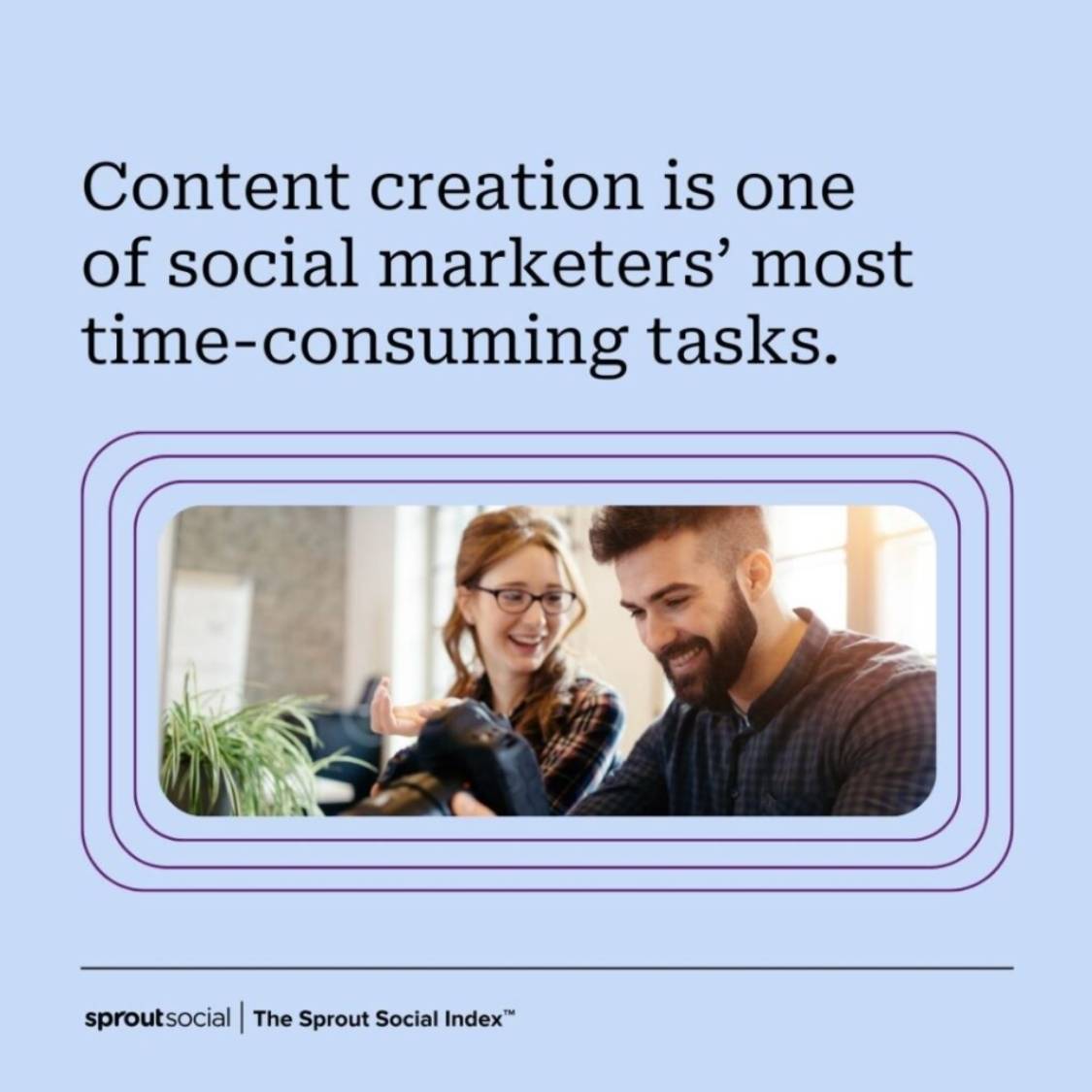
Here’s how AI marketing automation rises to meet those demands:
1. Save time and reduce manual tasks
AI’s biggest impact shows up in your team’s daily workflow. It automates time-consuming tasks like scheduling social posts, qualifying leads and prioritizing responses by quietly handling them in the background.
Reclaiming those hours lets your team shift from admin mode to strategic thinking. They can now focus on creative campaigns, meaningful relationships and high-impact initiatives that move the business forward.
2. Deliver advanced personalization at scale
Personalization remains one of the biggest challenges for marketing teams, especially when serving diverse audiences with limited resources. AI marketing automation tackles this by analyzing individual customer data to build unique profiles that guide content recommendations, optimal posting times and social messaging that resonates.
The result feels personal instead of mass-produced. Customers see relevant social posts when they’re ready to scroll, which means better conversion rates, stronger relationships and less strain on your team.
3. Enable data-driven decision-making
Marketing teams generate massive amounts of data but often stop short of unlocking real value from it. AI marketing automation bridges the gap using predictive analysis, real-time monitoring and attribution modeling to transform raw numbers into clear AI insights your team can use and take to leadership.
By drastically cutting the guesswork, you can make confident decisions using evidence instead of assumptions, which results in more effective campaigns and resource allocation across the board.
4. Reduce creative burnout
Content demands never stop and the constant pressure to generate fresh ideas can exhaust even the most dedicated creative teams. AI marketing automation relieves this pressure by handling routine creative tasks and uncovering patterns in what’s actually working. It’s no surprise that 72% of B2B marketers now use AI tools for content tasks to lighten their workloads.
AI can suggest post formats, captions or creative variations based on past performance, so more of your social team’s energy goes toward big-picture ideas.
5. Improve segmentation and targeting
Traditional segmentation relies on basic demographics and manual list management, while AI-enhanced segmentation continuously refines itself based on real-time behavior and engagement signals, like social interactions and content preferences.
Better segmentation leads to more relevant messaging and improved campaign performance. When you reach the right people with the right message at the right time, engagement and conversion rates improve dramatically.
6. Scale campaigns efficiently
Growing your marketing programs traditionally means giving your already overloaded teams more manual work. AI marketing automation breaks that cycle by enabling teams to scale through automated workflows and real-time optimization, not by adding hours or pushing priorities.
This efficiency allows smaller teams to run enterprise-level programs, while bigger teams can expand their reach without overwhelming their resources. With AI, both teams can increase campaign volume without sacrificing quality.
7. Provide shared visibility
AI-powered platforms give your teams dashboards with real-time visibility into campaign performance, customer behavior and team productivity. This includes social performance data like reach, engagement and share of voice. Leadership gets clear ROI insights while sales teams gain access to qualified leads and interaction history.
Shared visibility also breaks down silos and allows for better cross-functional collaboration. When everyone sees the same data and insights, teams align around common goals and customers get better experiences across every touchpoint.
Types of AI marketing and automation
Understanding the different types of AI marketing automation lets you pinpoint exactly which solutions match your team’s goals. Each one solves a specific challenge. Together, they create a powerful ecosystem that elevates your entire strategy.
Here are the main types of AI marketing tools and how they help your team work smarter:
AI content generation and editing
Content creation no longer means endless drafts and revisions. AI-powered tools streamline your content workflow by generating compelling first drafts, suggesting sharp edits and optimizing copy specifically for your target audience and channels.

Platforms like ChatGPT, Jasper and Copy.ai crank out blog posts, email campaigns and ads quickly and effectively. And some social platforms, like Sprout Social, offer built-in AI tools to generate social captions, video subtitles and even alt text for your images. These platforms use natural language processing and machine learning to generate initial drafts, suggest improvements and optimize content for specific audiences and channels.
More sophisticated platforms analyze brand voice, audience preferences and performance data to generate content that aligns with messaging strategies.
Predictive analytics and lead scoring
Predictive analytics takes marketers from guessing to forecasting. These applications dive deep into your historical customer data to predict what your prospects and customers might do next. With them, you’ll quickly spot which leads have the highest conversion potential and who might churn without immediate intervention.
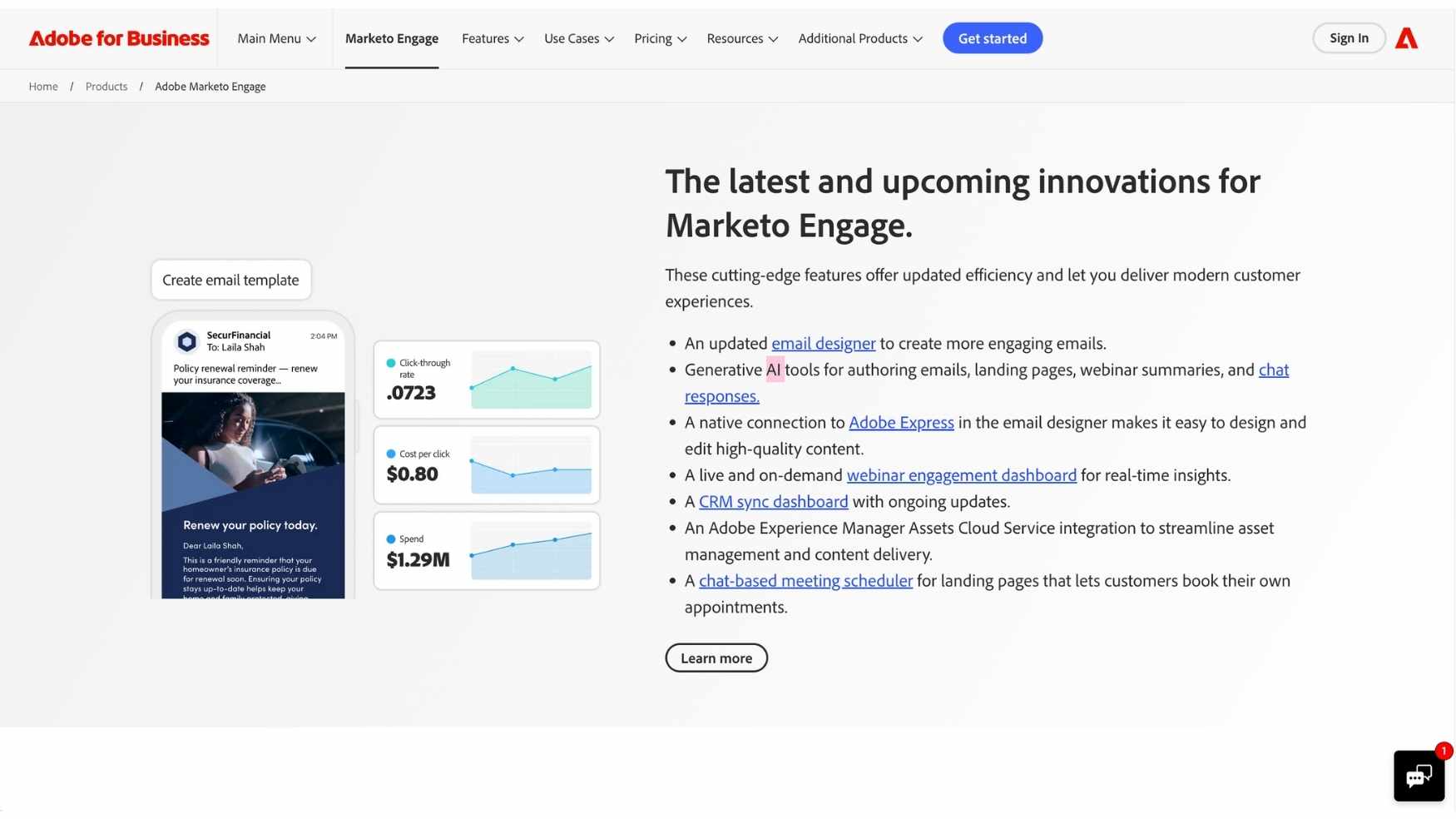
Tools like HubSpot, Salesforce and Marketo Engage put AI to work refining lead scoring based on actual behaviors and outcomes.
Customer journey-based automation
Your customers don’t move in predictable straight lines, so your automation shouldn’t either. AI-driven customer journey automation dynamically adjusts workflows based on real-time behavior to create truly personalized experiences.
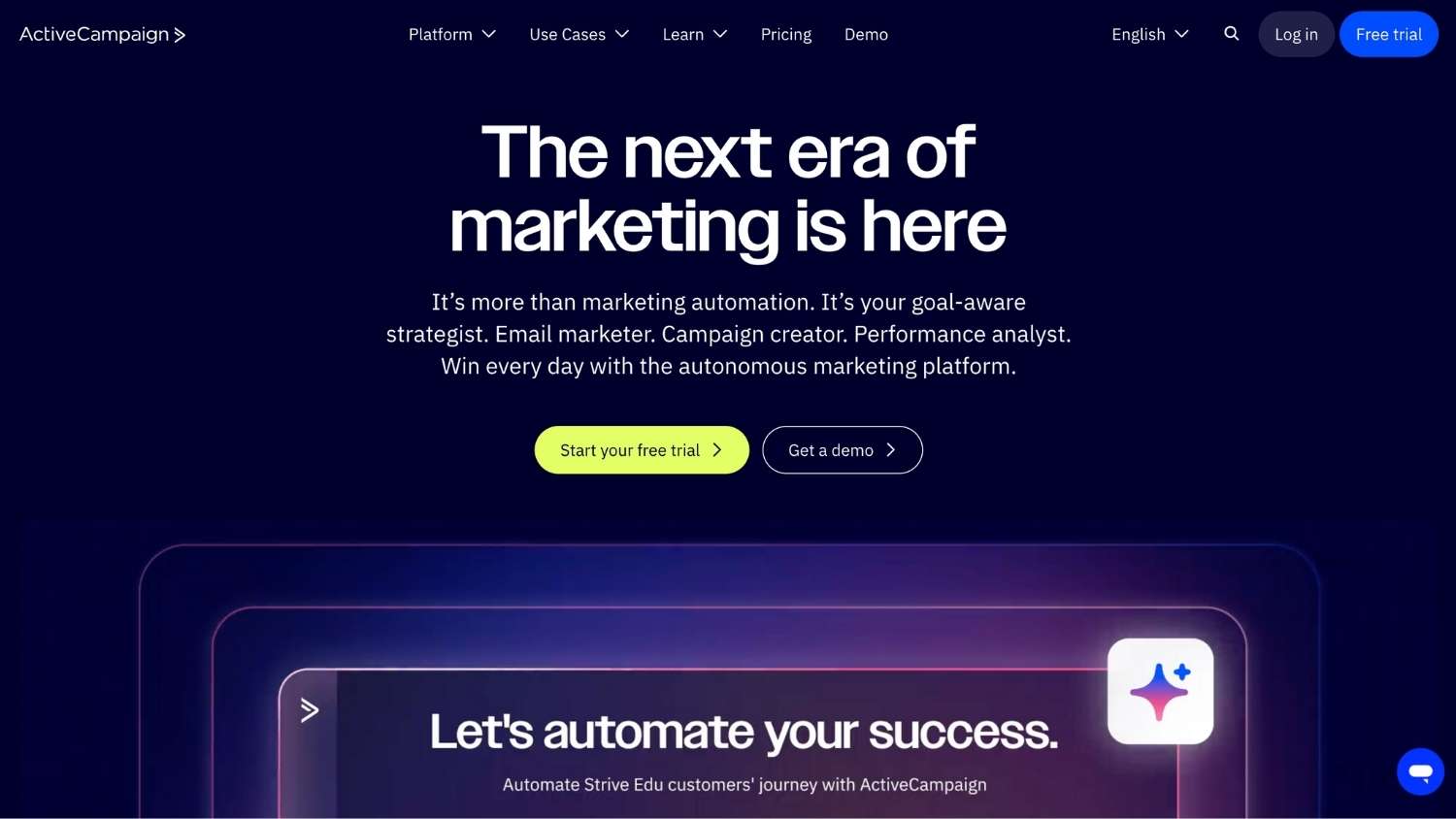
Marketing automation platforms like Salesforce Marketing Cloud Account Engagement (formerly Pardot), Oracle’s Eloqua and ActiveCampaign build sophisticated, adaptable journeys that respond to real customer behavior. Instead of following a rigid path, customers shift between journeys based on their actions, ensuring your messaging always lands at the right moment with personalized content.
Social listening and sentiment analysis
AI-powered social listening takes your brand’s pulse online by tracking mentions, competitors and trending topics across platforms, blogs and forums. With advanced sentiment analysis, these tools help you decode the deeper emotions, intent and context behind the chatter.
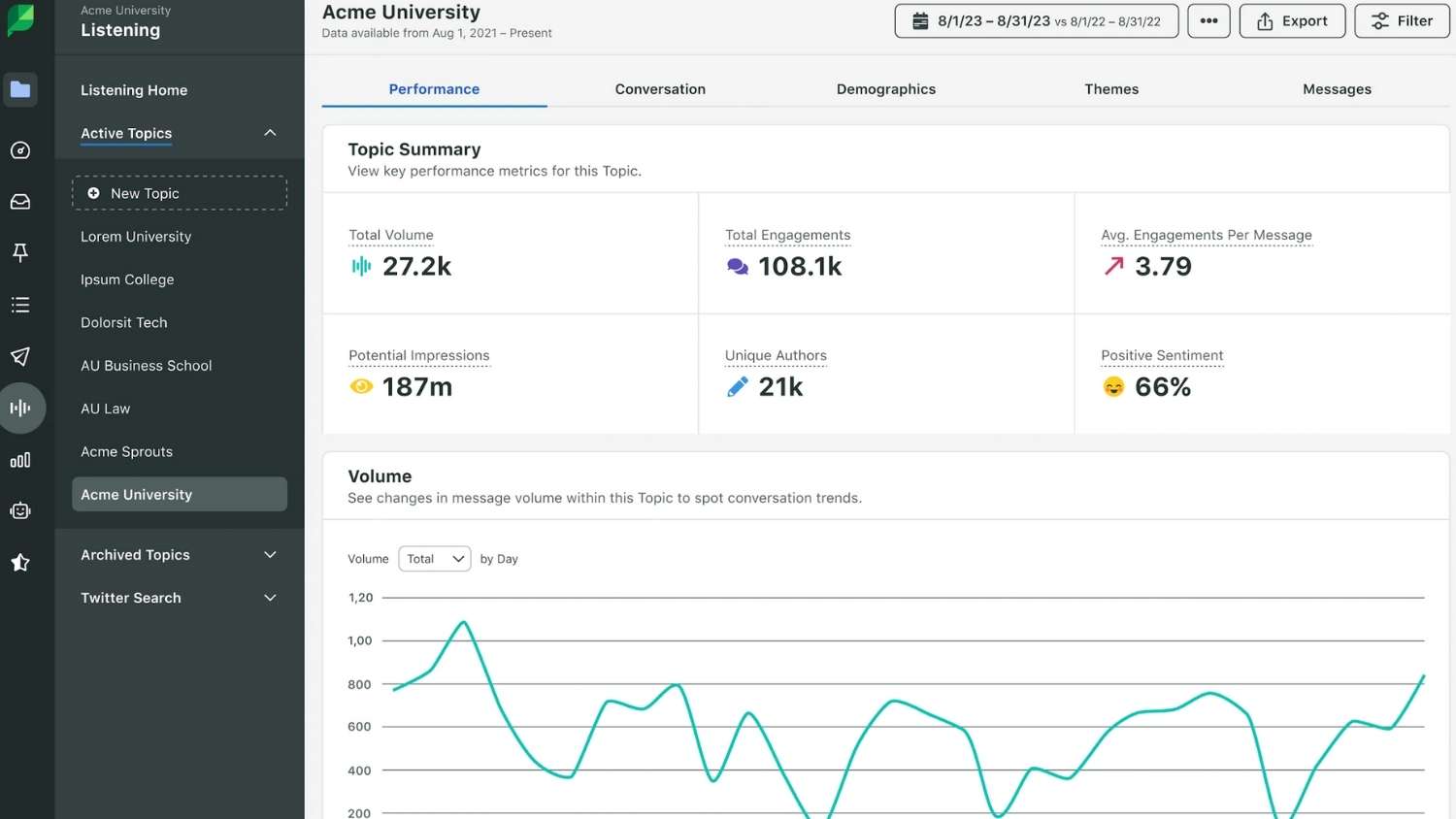
Tools like Sprout Social provide listening features that rapidly process millions of conversations. That way, you get actionable insights in real time so your team can respond strategically instead of reactively.
Chatbots and conversational AI
Chatbots aren’t just automated FAQs anymore. Today’s conversational marketing technology delivers interactions that feel human, handle complicated inquiries, offer tailored recommendations and smoothly transition customers to human agents.
Platforms like Drift, Intercom and ManyChat create sophisticated conversation flows that reflect customer responses and past interactions. They also effortlessly qualify leads, answer complex questions and move prospects through initial buying stages, improving customer engagement, satisfaction and team efficiency.
Common AI marketing automation challenges (and how to solve them)
Every marketing leader hits roadblocks when rolling out AI marketing efforts, and most are avoidable. Still, recognizing these hurdles up front and having solid strategies ready to go will help your team sidestep setbacks and stay on track.
Here are some quick ways to anticipate challenges for smoother implementation:
Turning skeptics into believers with small, impactful wins
The toughest part of AI implementation is typically getting everyone on board, rather than the technical implementation. Executives demand clear ROI, IT teams raise security questions and employees worry about AI replacing their roles. But starting small can ease these concerns.
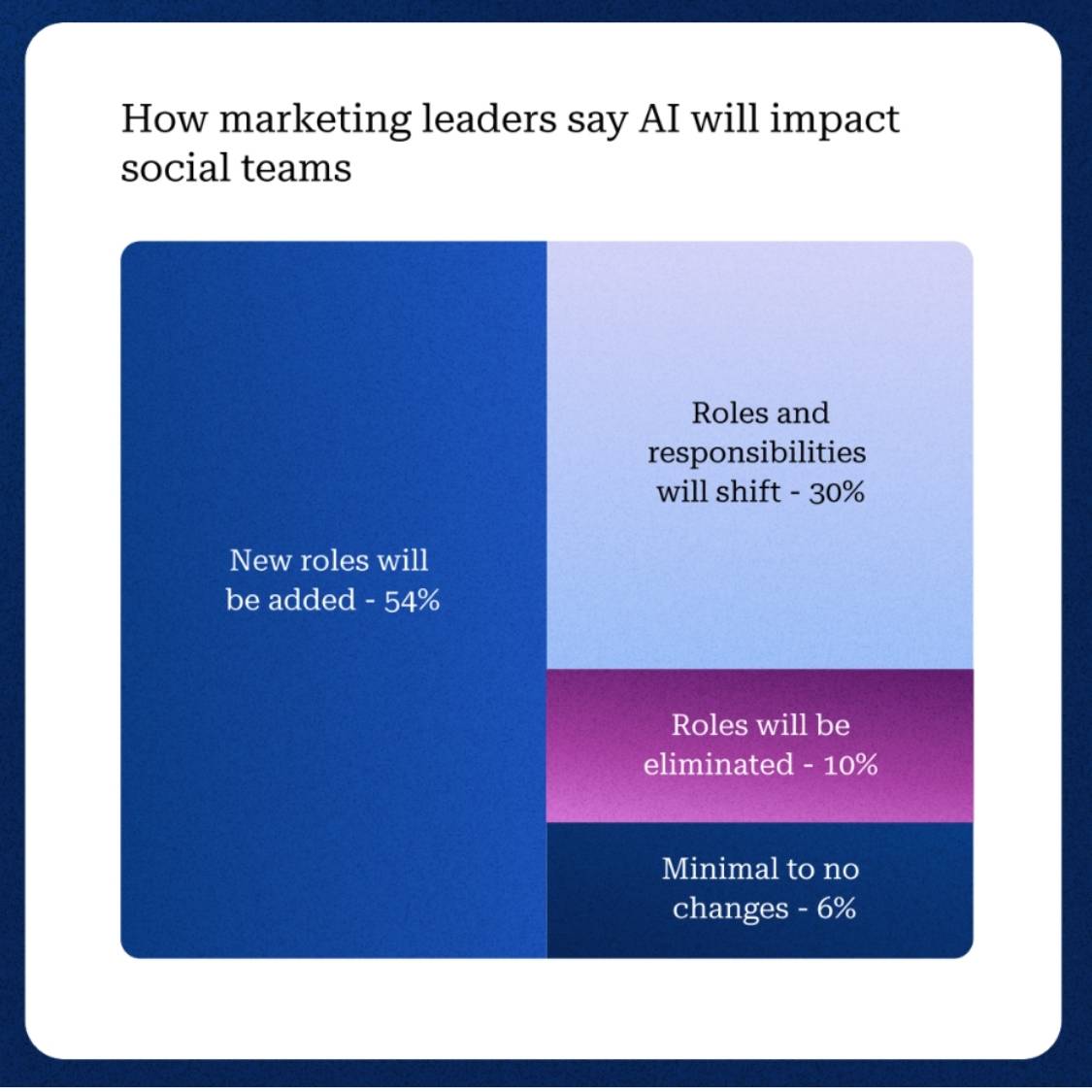
Focus initially on automating one high-impact, repetitive task, such as social response triage or email segmentation. Then track clear metrics like how many hours your team saves each week, how much faster you respond and how engagement improves. Measurable wins provide tangible evidence of AI success, turning skeptics into advocates.
Reinforce your case by highlighting success stories from competitors who have already achieved meaningful outcomes, such as cost savings, revenue growth or stronger market positioning.
Cutting through tool overload by focusing on strategic fit
With so many vendors offering similar features, even experienced teams can feel overwhelmed trying to identify which solutions truly provide the most value.
The best way to cut through the noise is to start with a clear understanding of your team’s challenges, such as slow content production, inefficient lead qualification or complex campaign management. When you know what you’re trying to solve, evaluating tools becomes far more straightforward.
Integrations should also be a top priority. Choosing tools that fit easily into your existing tech stack helps you avoid the pitfalls of manual data transfers and siloed workflows.
Finally, make sure any platform you consider is easy for your team to learn and directly addresses the challenges you’ve identified. That’s how you ensure long-term value without unnecessary complications.
Keeping ethics and trust intact with responsible AI adoption
Ethical concerns like bias, privacy and authenticity can quickly become roadblocks when exploring AI marketing automation. However, addressing them early builds trust, both within your team and with your audience.
Start by setting clear usage guidelines upfront for how and where AI will fit within your processes. From there, define an AI use policy that outlines the tasks your team can fully automate, which ones require human oversight and which should always involve a person (think sensitive customer interactions). This planning helps you establish explicit expectations for your team.
Being transparent about AI use also strengthens customer trust, which is why it’s important to clearly label AI-generated content and provide an easy path to a human when it really matters. Include regular AI audits in your workflows to catch bias and keep your systems fair and accurate. This ensures that you prioritize customer confidence, ethical standards and regulatory requirements as they unfold.
Finally, keep human oversight in the loop. Reviewing feedback, monitoring performance and adjusting AI regularly helps your automation stay aligned with your brand and your values.
AI marketing automation: A quick-start checklist
Every successful AI rollout starts with a few smart choices. With over three-quarters of companies recently surveyed by McKinsey now using AI, there’s more urgency than ever to build the right foundation. The trick is to keep the first phase focused, manageable and tied to impact.
Here’s a framework to help you get there faster:
- Identify manual workflows that drain time: Flag repetitive, low-value tasks like publishing across social platforms, sorting social responses or repurposing blogs. These create bottlenecks not because they’re hard, but because they consume hours your team doesn’t have.
- Set measurable goals for AI implementation: Pick one or two metrics to track right away (e.g., hours saved per week, campaign output increase) and link them to KPIs your leadership already values, like cost per acquisition or lead-to-close rate, to make a case for adoption.
- Audit your current tools for integration compatibility: Before bringing in new tools, map what’s already in play (CRM, content calendar, social, email, analytics) and choose AI solutions that integrate seamlessly to avoid duplication and complexity.
- Pilot a solution with fast time-to-value: Start with small AI use cases, like testing an AI scheduler for one or two social channels or using engagement triage for inbound mentions. Aim for visible results in 30–60 days to build momentum.
- Evaluate and expand based on ROI: If the pilot boosts speed, engagement or efficiency, scale thoughtfully, keeping each step tied to business goals like faster response times, better campaign efficiency or measurable revenue impact.
How Sprout Social powers AI marketing automation for social teams
Social media marketing moves fast and generates more data than most teams can keep up with. That’s exactly where AI marketing tools can help the most. These tools streamline repetitive tasks and uncover actionable insights.
Tools like Sprout Social integrate AI into the workflows your team already uses, letting you scale what works while managing the parts that need a human touch. Instead of introducing a dozen new, disconnected tools, Sprout incorporates AI across publishing, engagement, listening and analytics. This keeps strategies intact, even as the work behind them becomes more efficient. No patchwork or silos, just an integrated approach to a more efficient workflow.
The goal behind this approach is straightforward: AI automation should enhance marketing teams’ creativity and judgment, not replace it.
Here’s how Sprout Social’s AI features streamline workflows, boost engagement and turn data into action:
AI Assist helps content creation move faster (and smarter)
Creating content at scale takes more than good ideas. It also takes a lot of time.
AI Assist reduces that load by generating on-brand social copy, offering message variations and repurposing top-performing content across platforms.
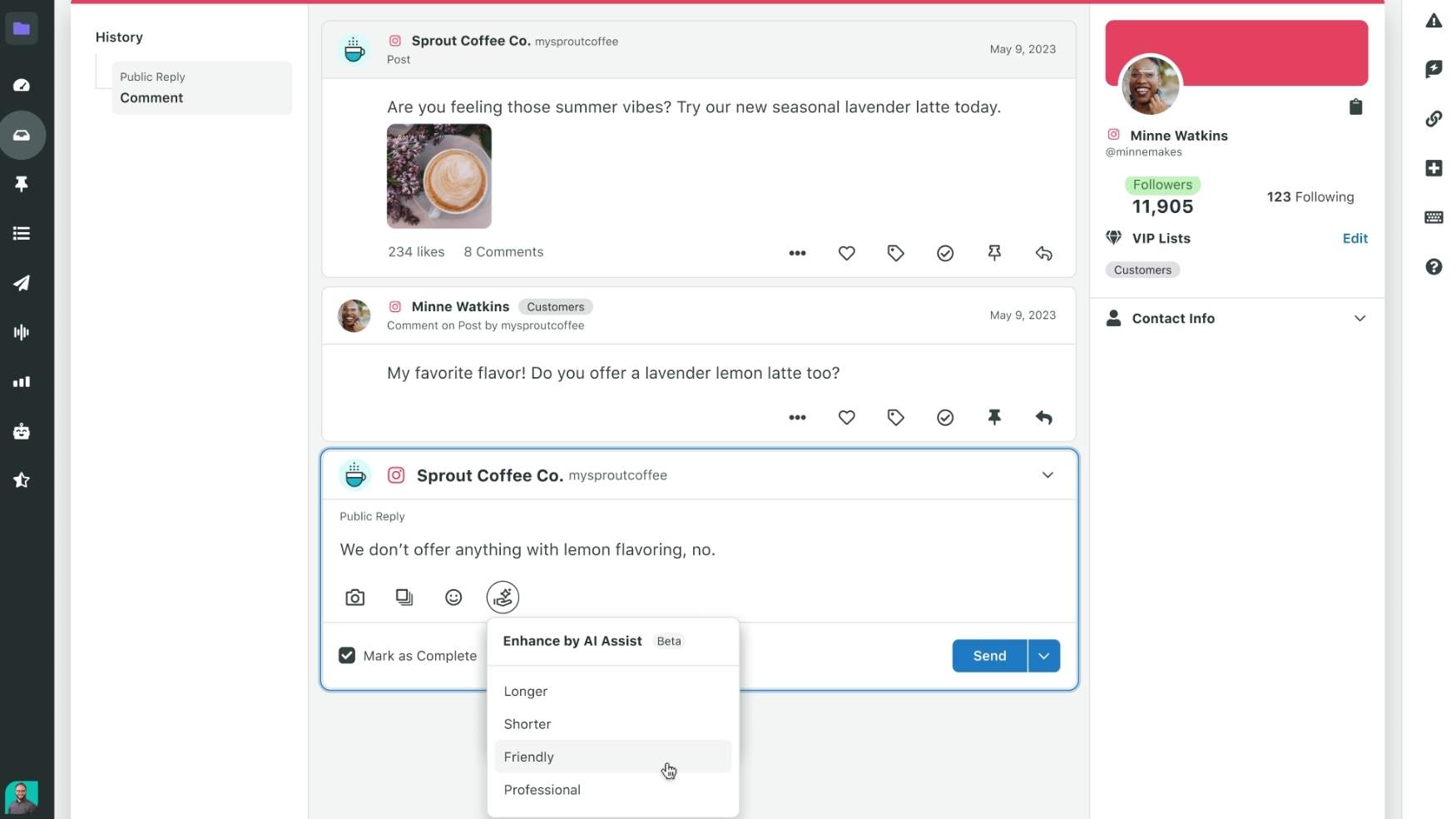
Sprout’s publishing tools integrate AI Assist, enabling teams to generate post drafts, optimize them for different networks and A/B test variations without switching platforms. It also adapts to your brand’s tone and typical engagement patterns to provide relevant, on-brand suggestions.
With it, turning one strong post into four network-specific versions becomes a five-minute task instead of an afternoon’s effort—without a drop in quality. Teams using AI Assist benefit from faster workflows and content production while maintaining consistency and performance.
Smart Inbox’s automation clears the clutter
As your channels grow, so does the volume of inbound messages you’ll see. This creates a need for tools that reduce manual work while preserving humanity.
To help, Sprout’s Smart Inbox uses AI to automatically categorize conversations, prioritize them based on urgency and sentiment and surface suggested replies that keep things moving. The system routes each message based on keywords, customer type or emotional tone so the right team member can jump in at the right time. It also resolves routine inquiries quickly and flags high-priority issues before they slip through the cracks.
Suggested Replies offer context-aware responses that feel natural, not scripted, while real-time sentiment detection highlights risky mentions early. Together, these features give your team the insight they need to respond proactively and stay ahead of customer issues.
The system also learns continuously and adapts to your team’s communication style and customer base. Over time, it evolves to support a more innovative, more responsive engagement engine.
Listening and analytics bring clarity to the chaos
There’s no shortage of data to glean from social media posts. The challenge is knowing what to do with it.
Sprout’s AI-powered listening analyzes millions of online conversations to help teams spot what’s trending, what’s changing and what matters most right now.
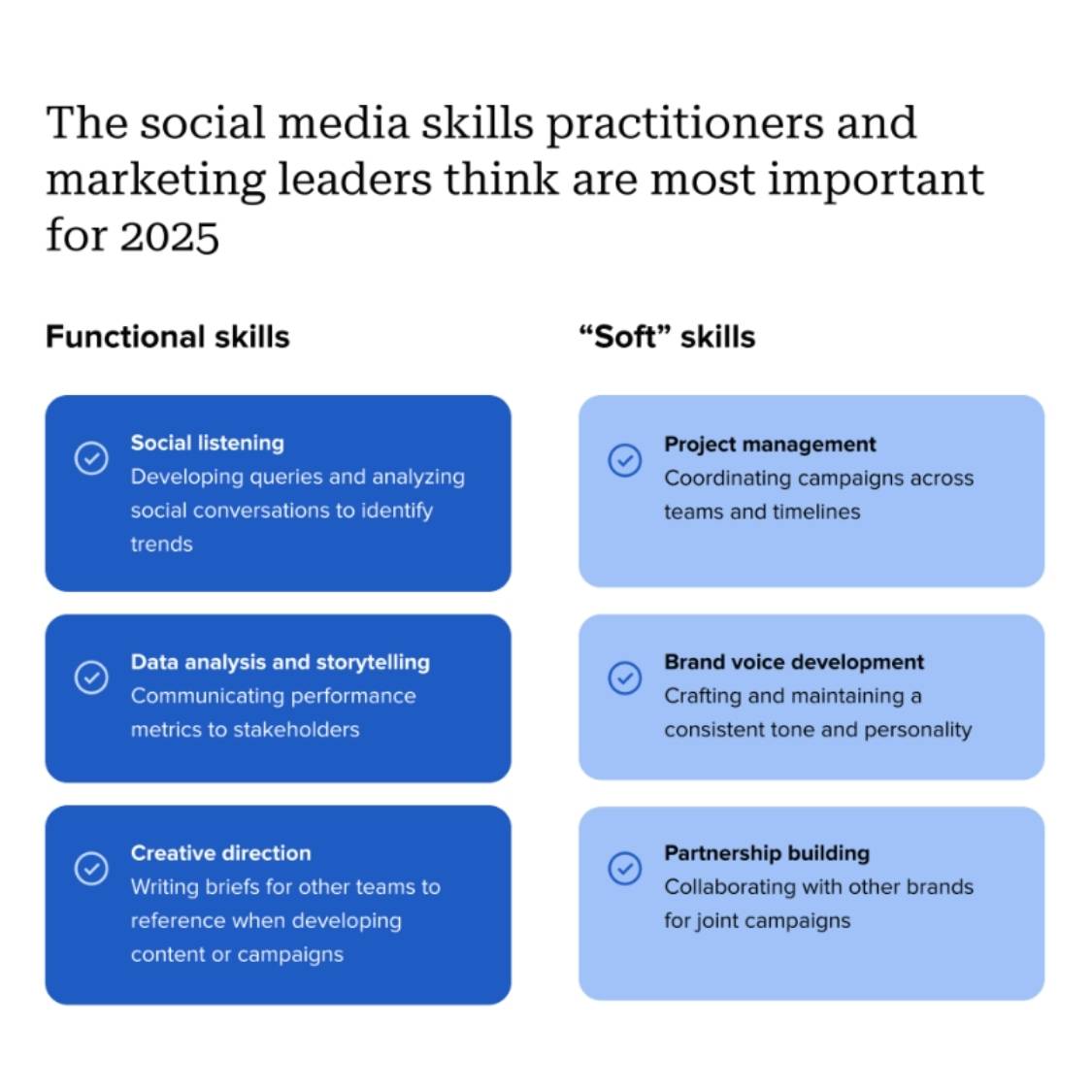
This analysis includes everything from emotional nuance in customer feedback to new hashtags gaining traction in your industry. By tracking these signals, teams can monitor shifting sentiment, identify viral content early and uncover patterns that would be hard to detect manually.
Sprout’s analytics builds on social listening by linking social performance to business outcomes. With machine learning highlighting which posts drive meaningful results, your team can shape data-based strategy without getting overwhelmed by multiple dashboards. You also gain a real-time view of competitor activity, making it easier to benchmark effectively and stay ahead.
Put AI marketing automation to work for your team
AI marketing automation isn’t just about saving time. It’s also about making better decisions, faster and scaling personalization without burning out your team.
The real momentum starts with one workflow improvement that shows clear value. From there, it’s easier to expand with purpose, backed by real ROI.
Sprout’s AI-powered platform helps social teams eliminate the busywork, focus on what matters and tie their efforts directly to business outcomes. Ready to see what that looks like in action? Explore what’s possible by requesting a demo today.
The post Build smarter workflows with AI marketing automation appeared first on Sprout Social.

